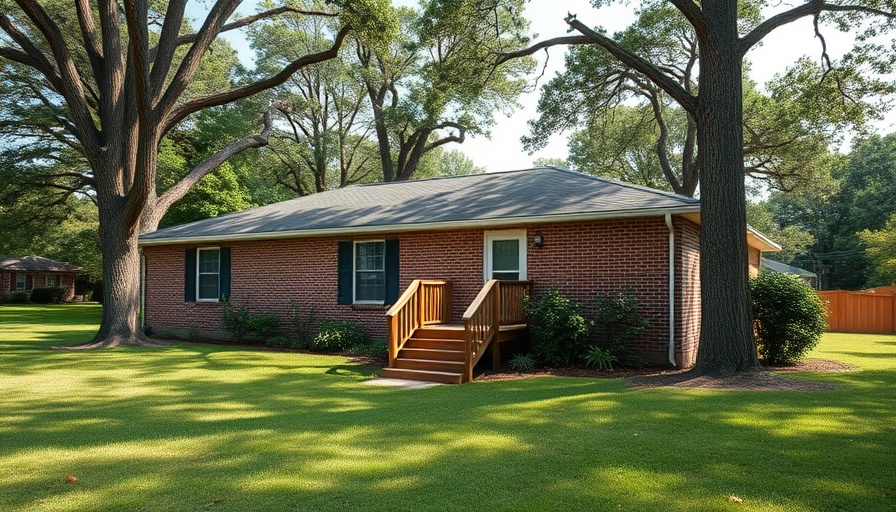
The Crucial Role of R-Value in Basement Insulation
In the realm of home insulation, particularly for basements, R-Value is king. It dictates how well your home can fend off the temperature extremes characteristic of Brooklyn. Have you ever squeezed through a chilly Brooklyn winter and wondered why your basement is frigid? That’s where choosing the right R-Value comes into play. The thermal resistance, measured by R-Value, impacts not just your comfort but also how much you pay on your energy bills. With Brooklyn’s diverse climate, where hot summers and cold winters are the norms, achieving the optimal thermal performance is essential.
Navigating the R-Value Landscape: What You Need to Know
The New York State Energy Research and Development Authority (NYSERDA) has guidelines about R-Value requirements specifically tailored to various areas in a home, including the basement. In Brooklyn, homes perform better and offer more comfort when they meet these standards. If you are serious about reducing your heating costs, ensuring compliance with these codes can help you achieve your goal. You might wonder, 'How do I know which materials align with these requirements?' Don't fret; below are some popular insulation options ideal for basements that can meet the necessary R-Values.
Exploring Insulation Material Choices
When it comes to insulating your basement, materials play a significant role alongside R-Value. For each insulation option, consider these properties: moisture resistance, installation ease, and R-Value efficiency. Are you ready to delve deeper into the best materials for your space?
Fiberglass batts are commonly selected for their affordability and reasonable R-Value. They’re straightforward to install and effective at blocking heat flow—perfect for most basements. However, if your basement is been wet, it’s wise to incorporate a vapor barrier. This prevents moisture issues that could lead to mold or weaken your insulation's effectiveness.
On the other hand, rigid foam boards provide considerable moisture resistance and solid R-Value. They are a bit heftier on the budget; however, they shine in high-moisture areas where other materials may fail. Spray foam is another robust choice—while it can be expensive, it forms a tight seal that eliminates air gaps effectively.
R-Value Compliance: Why It Matters
Why should you care about R-Value compliance? Having the correct R-Value insulates your home, saving you money and increasing its value. Energetically efficient basements can become additional living spaces, potentially enhancing your property value significantly. Brooklyn’s housing market favors homes that not only look good but also perform well, providing comfort and energy efficiency.
Future Considerations: Sustainability and Trends
As we move toward an era where home sustainability takes center stage, energy-efficient building practices will become more critical. Homeowners in Brooklyn are already leaning towards greener materials. The push for recyclable and sustainable insulation products resonates with those who want to minimize their footprint on the environment.
Emerging trends show a rise in the use of eco-friendly insulation, such as cellulose made from recycled paper, providing thermal and moisture resistance while being kind to the planet. As a homeowner, embracing these trends not only prepares your home for the future but establishes you as a forward-thinking member of your community.
Making the Decision: Your Next Steps
The path to optimal basement insulation doesn’t have to be confounding. Remember, your comfort and savings start with understanding and respecting R-Value requirements. Use this guide to explore your options and consult with professionals as needed. Implementing these recommendations might transform your basement into a comfortable space that you can enjoy year-round.
Ready to add value to your home and communities? Don’t overlook the importance of proper insulation in securing an energy-efficient sanctuary in Brooklyn. Explore, invest, and ensure your basement is up to par with the latest standards!
 Add Row
Add Row  Add
Add 




Write A Comment